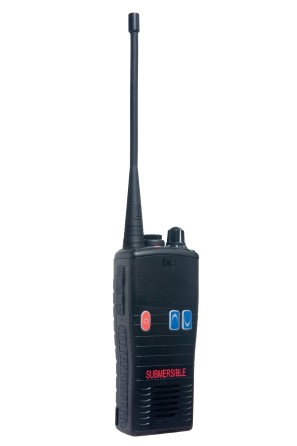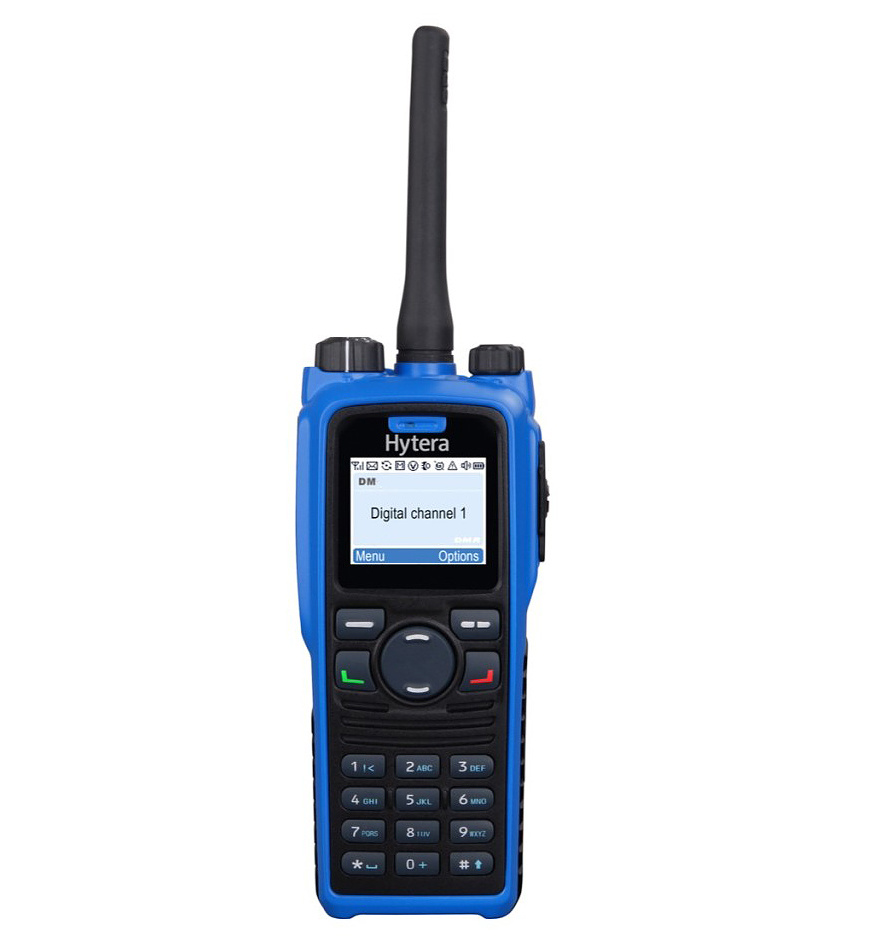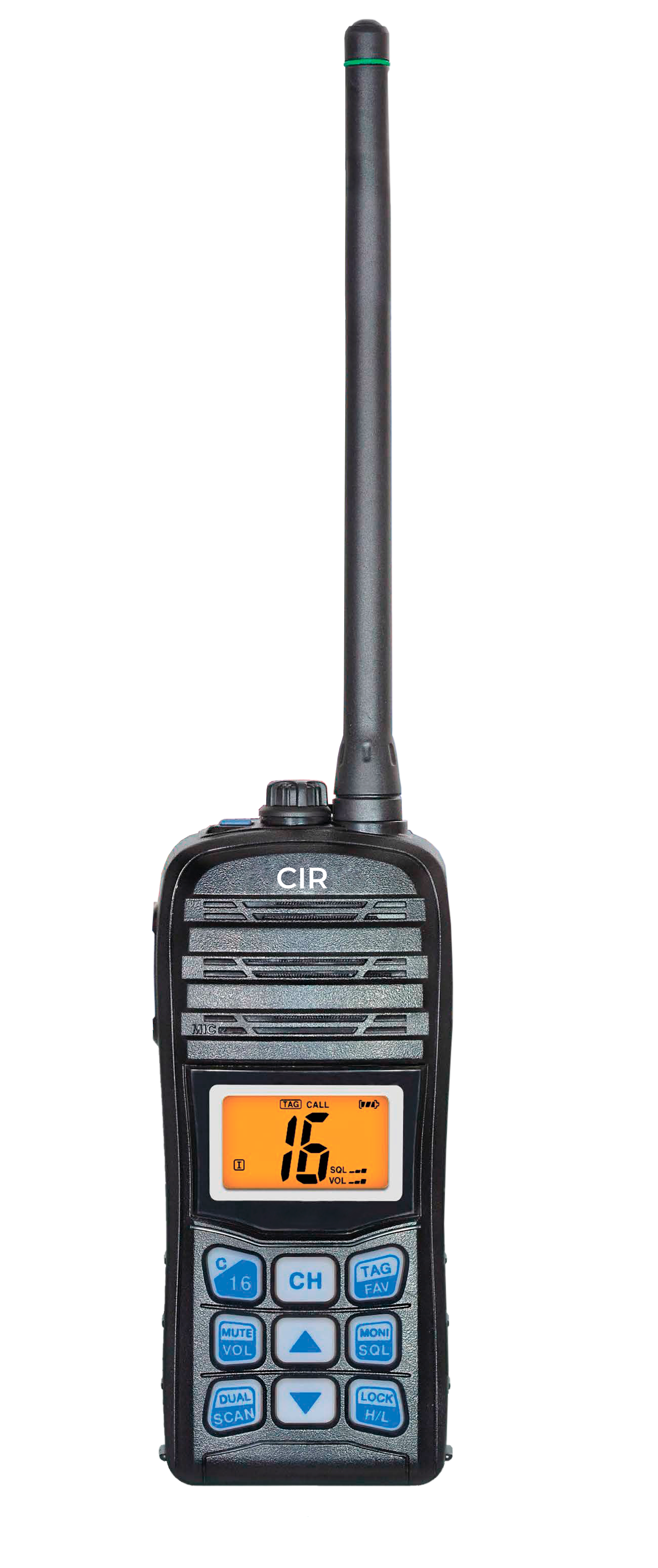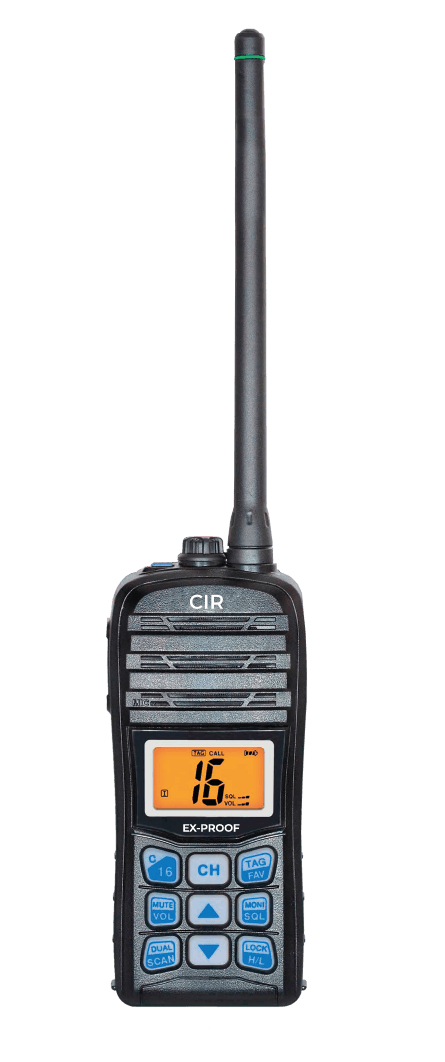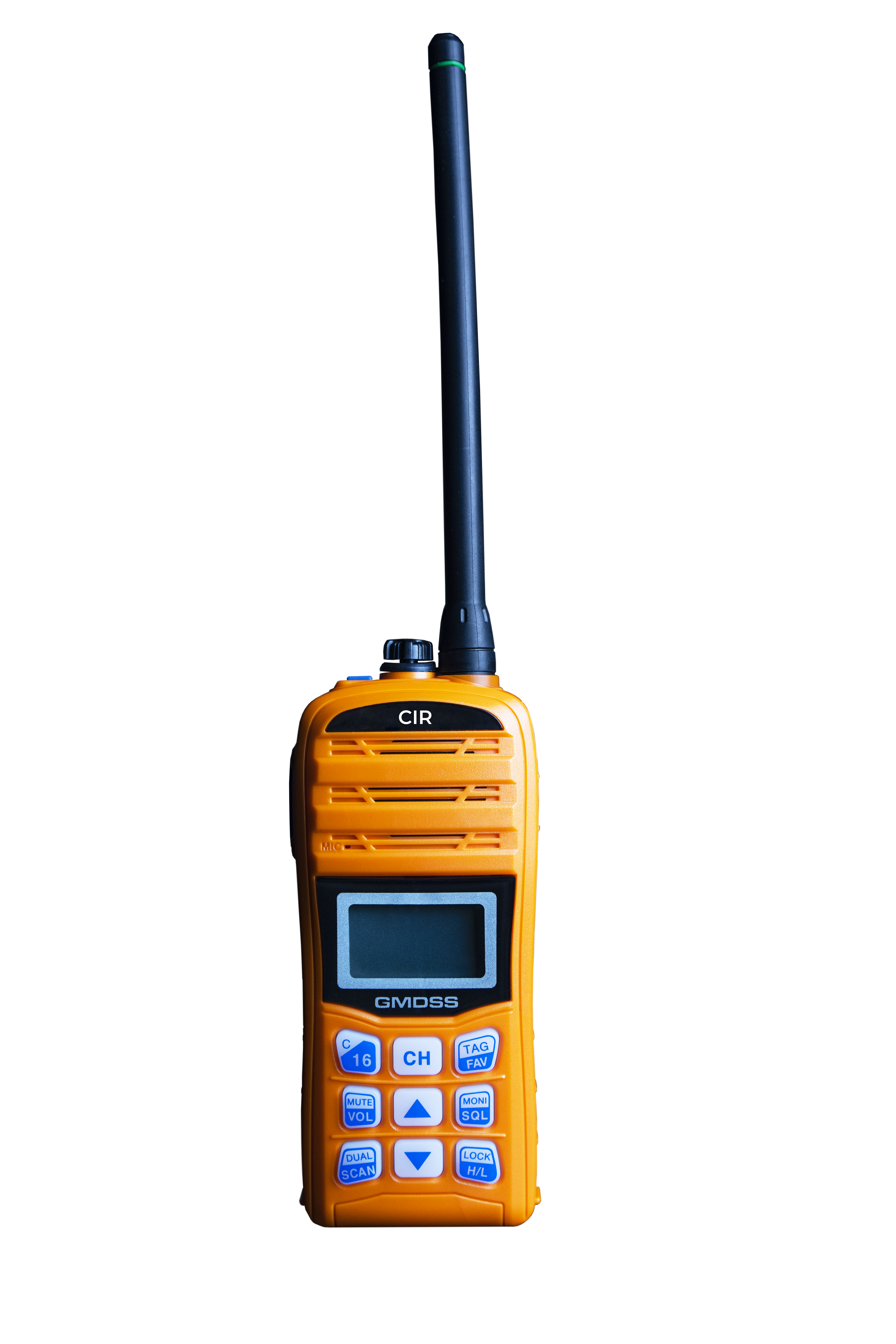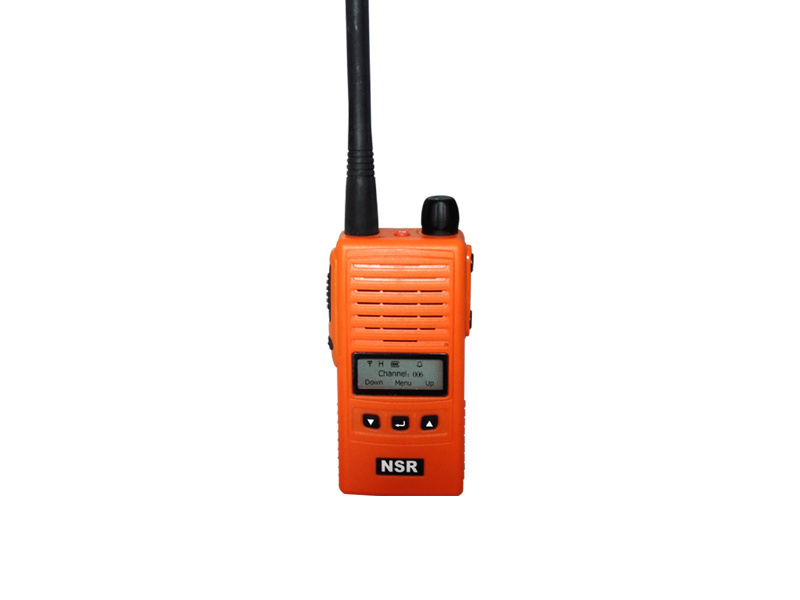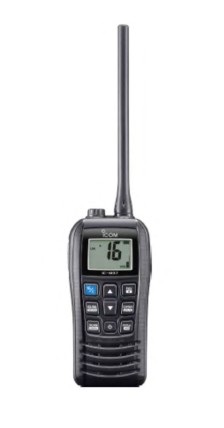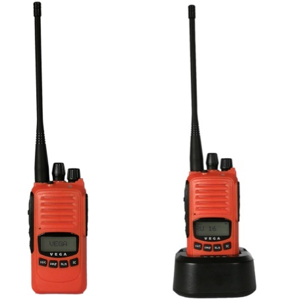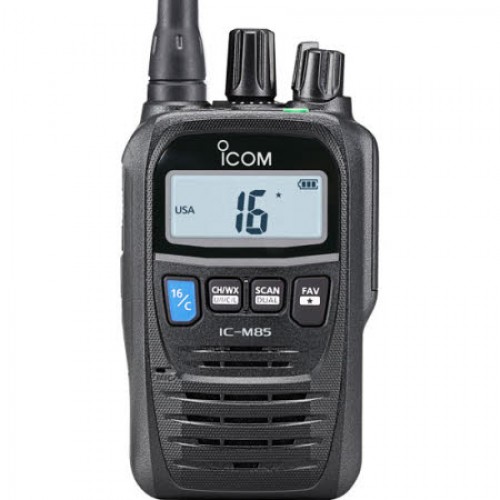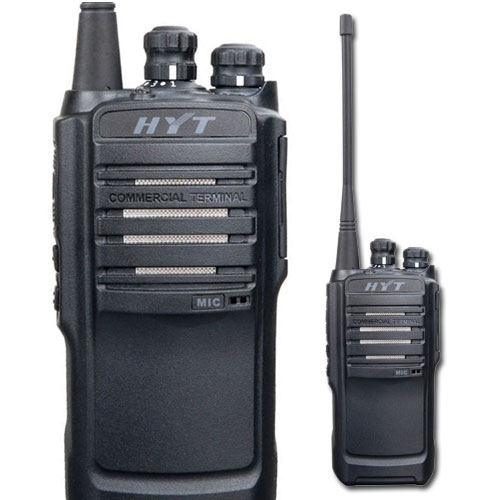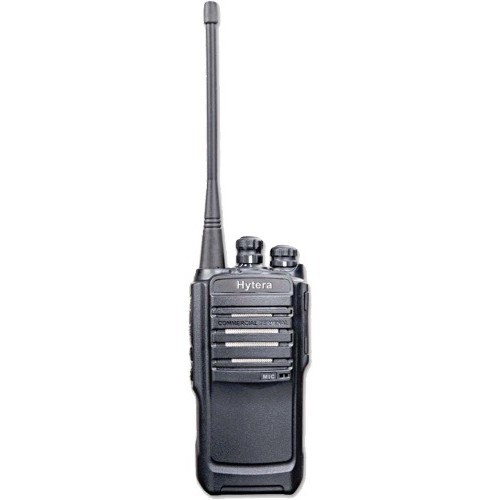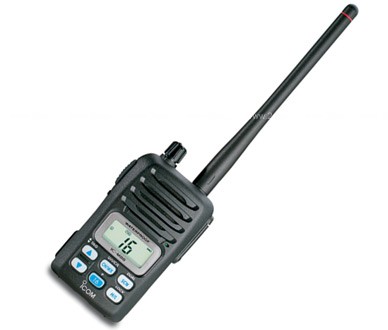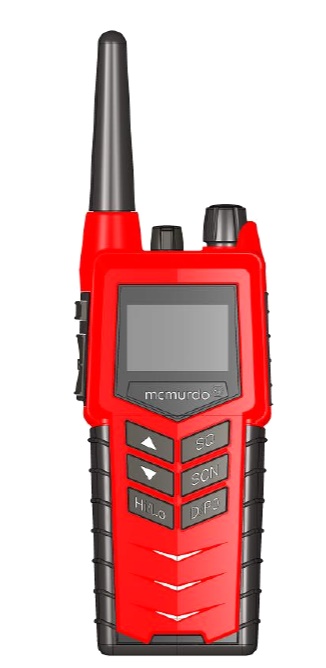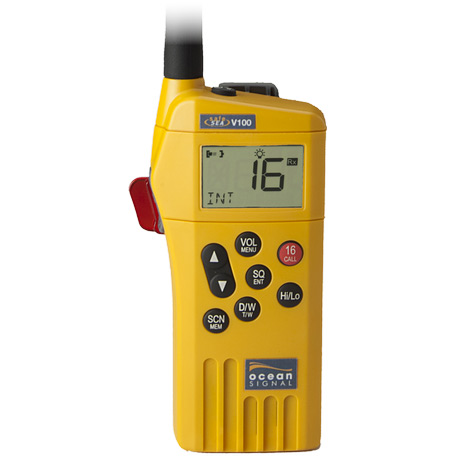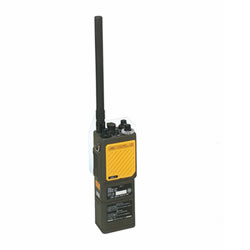Entel HT782
Entel HT782
To order
Call our sales manager
Documentation
Брошюра 'HT644'
Руководство пользователя 'HT серия'
Руководство пользователя 'HT серия'
Entel HT782 - sea portable radio, complying with standard MIL-STD810 C / D / E / F, has protection IP68 - withstands immersion to a depth of 5 meters in one hour. Marine portable radio Entel HT782 has a loud and clear sound, thanks to the use of modern technology kompandornogo noise reduction.
Marine portable radio Entel HT782 - robust, easy to use, with a wide range of functions. Ratsiostantsiya has a channel scan function and alarm in case of local attacks, Bluetooth, built-in voice scrambler. Entel HT782 can copy data from one to another ratsiostantsii and also makes it easy to set up another radio to operate in accordance with the parameters of your system.
Specifications
- Frequency Range 450 - 520MHz
- Channels Non LCD 16 Channels, LCD 255 channels
- Channel Spacing 12.5 kHz / 25 kHz
- Communication Method Simplex / semi duplex
- Antenna Impedance 50 ohm
- Antenna Whip / stubby
- Battery Type 2000 mAh Li-Ion battery pack
- Power Supply Voltage 7.4V DC
- Current Drain (nominal) 40mA
- Duty Cycle (5/5/90) 12.5 hours
- Microphone Internal condenser microphone
- Construction MIL-STD 810C/D/E/F
- IP Rating IP68 (5 Metres for 1 Hour)
- Operating Temperature -20° to +55°C
- Size (mm) 59.5(W) x 130(H) x 37(D)
- Weight 277g with battery and aerial
Transmitter
- Power Output High – 5W VHF, 4W UHF, & Low - 1W
- Modulation 8K0G3E/16K0G3E
- Oscillator Method PLL
- Frequency Stability 2.5PPM
- Maximum Deviation ±2.5 kHz(Narrow)/ ±5 kHz(Wide)
- Audio Distortion < 5% (1 kHz 60%)
- Spurious Emission -68 [dBc]
- Hum & Noise -40 [dB]
Reciever
- Receiver Type Double Super Heterodyne type
- Sensitivity -0.25uV (12dB SINAD)
- Frequency Stability 2.5PPM
- Spurious Rejection +70 dB
- Adjacent Channel Selectivity -60 dB (Narrow) , -70 dB (Wide)
- Distortion < 5% (1 kHz 60%)
- Hum & Noise -40 dB
- Audio Output 1W
Analogues
 +7 (812) 4-673-673
+7 (812) 4-673-673
